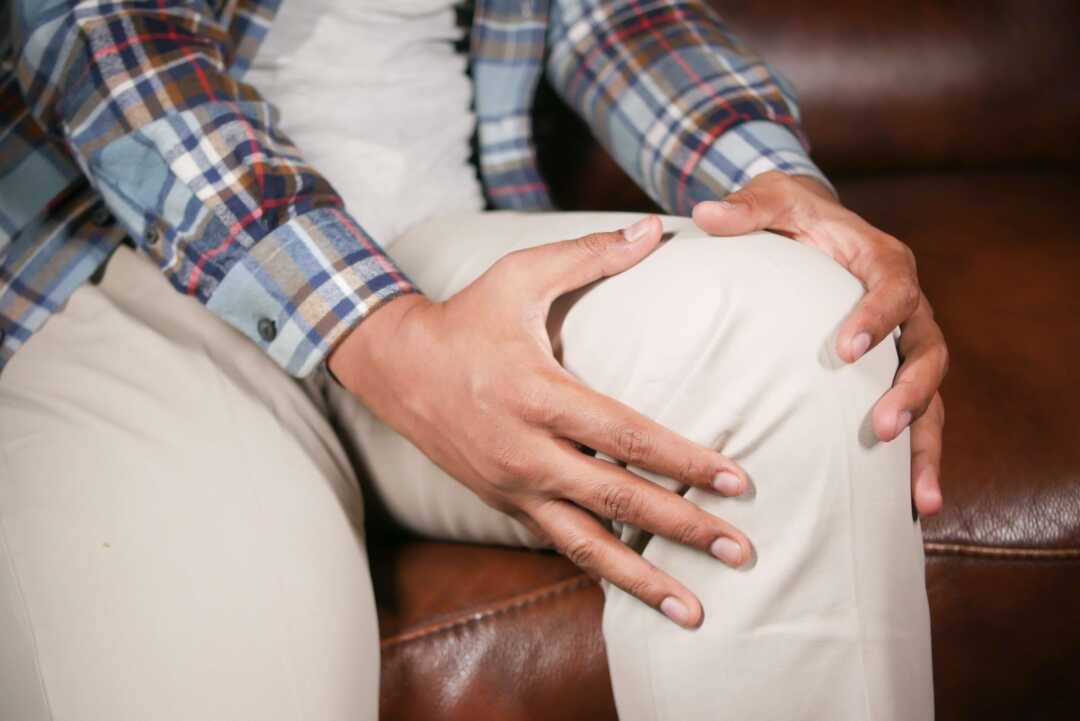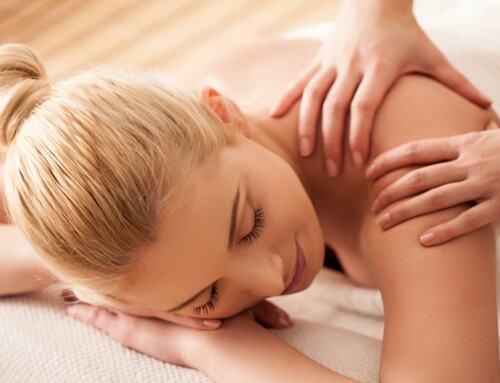Preserving Knee Health: Strategies to Safeguard Your Joints and Maintain an Active Lifestyle
In an era where longevity is on the rise, maintaining an active lifestyle is paramount. However, knee pain and other knee problems, often resulting from wear and tear or osteoarthritis, can significantly impede our mobility and quality of life. Protecting knees is crucial, especially as we age, to prevent common knee injuries and ensure our knee joints remain robust. Here are some strategies to keep your knees healthy and continue enjoying life on the move.

Knee pain can arise from a variety of causes, ranging from acute injuries to chronic conditions and diseases. Here is an extensive list of causes of knee pain and types of knee injuries:
Causes of Knee Pain:
- Osteoarthritis:
- A degenerative joint disease causing wear and tear of the knee cartilage.
- Rheumatoid Arthritis:
- An autoimmune disease causing inflammation in the knee joints.
- Gout:
- Occurs when urate crystals accumulate in the joint, causing inflammation and intense pain.
- Bursitis:
- Inflammation of the bursae, the small sacs of fluid that cushion the outside of the knee joint.
- Tendinitis:
- Inflammation or irritation of the tendons around the knee joint.
- Baker’s Cyst:
- A fluid-filled cyst that develops behind the knee, causing pain and swelling.
- Meniscus Tear:
- A tear in the cartilage in the knee is usually caused by twisting or turning quickly.
- Ligament Injuries:
- Injuries to the ligaments around the knee, such as the ACL, PCL, MCL, or LCL.
- Patellar Tendinitis:
- Irritation and inflammation of the patellar tendon, are common in athletes.
- Patellofemoral Pain Syndrome:
- Pain in the front of the knee is often caused by overuse, injury, excess weight, or problems in the kneecap.
- Chondromalacia Patellae:
- Softening and breakdown of the cartilage on the underside of the kneecap.
- Iliotibial Band Syndrome:
- Tightness or inflammation of the iliotibial band causes pain on the outer side of the knee.
- Dislocated Kneecap:
- Displacement of the kneecap causing pain and swelling.
- Bone Tumors:
- Osteosarcoma, a type of bone cancer, can cause knee pain.
- Septic Arthritis:
- Infection in the knee joint, usually caused by bacteria, causing pain and swelling.
- Overuse:
- Excessive use or repetitive motion can lead to strain and pain in the knee.
- Obesity:
- Excess weight puts additional stress on the knee joints, leading to pain and other problems.
- Lack of Muscle Flexibility or Strength:
- Weak or tight muscles can fail to provide enough support to the knee joints, leading to pain.
- Improper Footwear:
- Wearing shoes that do not fit properly or lack support can cause knee pain.
- Fractures:
- Breaks or cracks in the bones in the knee joint due to trauma or stress.
Types of Knee Injuries:
- Anterior Cruciate Ligament (ACL) Injury:
- A tear or sprain of the ACL often occurs in athletes.
- Posterior Cruciate Ligament (PCL) Injury:
- Injury to the ligament located at the back of the knee.
- Medial Collateral Ligament (MCL) Injury:
- Injury to the ligament on the inner side of the knee.
- Lateral Collateral Ligament (LCL) Injury:
- Injury to the ligament on the outer side of the knee.
- Patellar Fracture:
- A break in the kneecap due to a fall or direct blow.
- Tibial Plateau Fracture:
- A break in the upper part of the shinbone near the knee.
- Knee Sprain:
- Stretching or tearing of the ligaments in the knee.
- Knee Strain:
- Stretching or tearing of the muscles or tendons in the knee.
- Knee Contusion:
- A bruise on the knee caused by a direct blow.
- Hyperextension Injury:
- Injury caused by the knee bending too far backward.
- Meniscal Injury:
- Damage to the meniscus due to twisting or over-flexing the knee joint.
- Quadriceps Tendon Tear:
- A tear in the tendon connecting the quadriceps muscle to the kneecap.
- Patellar Tendon Tear:
- A tear in the tendon connecting the kneecap to the shinbone.
- Knee Dislocation:
- Displacement of the bones in the knee joint.
- Iliotibial Band Friction Syndrome:
- Irritation of the iliotibial band, leading to pain and swelling on the outer side of the knee.
Knee pain can be the result of various conditions, injuries, or lifestyle factors. Early diagnosis and appropriate treatment or management strategies are crucial in addressing knee pain and preventing further complications.
7 Ways to Protect Your Knees
1. Understand the Importance of Knee Health:
The knee is one of the body’s strongest joints, playing a pivotal role in our daily activities. It comprises bones, cartilage, ligaments, and other connective tissues, all working in tandem to provide stability and mobility. Any damage to these components, be it due to injury or medical conditions like rheumatoid arthritis or psoriatic arthritis, can lead to joint pain and swelling.
2. Maintain a Healthy Weight:
Excess weight puts additional stress on your knees, accelerating the wear and tear of the knee cartilage and leading to conditions like osteoarthritis and joint pain. Weight loss can significantly reduce joint inflammation and pressure, protecting your knees from potential injuries. Incorporating a diet rich in whole grains and anti-inflammatory foods can aid in weight management and reduce swelling.
3. Engage in Low Impact Activities:
To protect your knees, consider opting for low impact activities like swimming or cycling over high-impact sports like running or tennis. These activities are gentler on the knee joints and help in maintaining an active lifestyle without causing undue stress or injury to the knees.
4. Regular Exercise and Physical Therapy:
A well-rounded exercise regimen that includes strength training can enhance muscle and leg strength, providing better support to the knee joints. Physical therapy and exercises focused on strengthening the quadriceps, hamstrings, and hip flexors can also aid in injury prevention and reduce the risk of knee problems. Consult with sports medicine experts or orthopedic surgeons to tailor an exercise regimen suited to your needs. [Here are some great knee exercises]
5. Stay Active but Be Mindful:
While maintaining an active lifestyle is crucial for overall joint health, it’s essential to avoid exercises that can strain the knees. Listen to your body and modify your activities to prevent excess stress on your knees. If you experience pain, stiffness, or swelling, consult a medical provider promptly.
6. Nutritional Supplements and Medication:
Nutritional supplements can play a role in maintaining joint health and reducing joint inflammation. Additionally, medications can help manage pain and inflammation associated with arthritis and other knee conditions. However, it’s essential to consult with a healthcare provider before starting any new supplement or medication.
7. Regular Check-ups and Early Intervention:
Regular medical check-ups can help in early detection of any potential knee issues, enabling timely intervention and reducing the risk of severe knee injuries. Early intervention can include lifestyle modifications, medical treatment, or in severe cases, surgical options to restore knee function.
Conclusion:
Protecting our knees is integral to sustaining an active and fulfilling life. By maintaining a healthy weight, engaging in low impact activities, following a balanced exercise regimen, staying active, and seeking early medical intervention, we can significantly reduce the risk of knee injuries and ensure our knees stay healthy and robust. Remember, the key is not just to live longer but to live longer with quality, free from debilitating knee pain and joint problems.
Additional Tips for Knee Injury Prevention:
- Wear proper footwear to avoid putting extra stress on your knees.
- Use knee supports or braces as recommended by medical professionals for added protection.
- Stay informed about the latest in sports medicine and orthopaedic advancements to benefit your knee health.
- Check out these products
Final Thoughts:
Our knees play a crucial role in our mobility, acting as the linchpin for our daily movements and activities. Unfortunately, the importance of knee health is often overlooked until we encounter pain or other issues. By being proactive, making informed lifestyle choices, and staying educated on knee health, we can shield our knees from harm and maintain an energetic lifestyle throughout our lives. Keep your knees feeling youthful, and they will support you every step of the way!
Don’t wait for knee pain to dictate your life! Take a proactive step today to ensure the well-being of your knees. Scheduling a massage at Body Ache Escape Massage Center can be a pivotal step in maintaining knee health and alleviating discomfort. A massage can help reduce inflammation, improve circulation, and relieve stress on your knee joints, allowing you to continue enjoying your active lifestyle. Click here to schedule your massage now and give your knees the care they deserve! Keep them feeling young and vibrant, and they will thank you by carrying you far and wide without pain!









